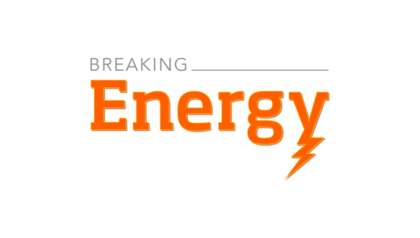
Though GE is over 100 years old, it prides itself on keeping pace with innovation.
At a September 20 investor meeting, GE executives reviewed the company’s performance over the last few years and assessed where it is going. The company has a strong international portfolio and GE Power & Water is now generating 25% of the world’s electrical generation according to Steve Bolze, GE Senior Vice President and GE Power & Water President and CEO.
The wind sector has “a massive opportunity for growth,” Abate said. “That’s why we are so bullish in the space.
John Krenicki, GE Vice Chairman and GE Energy President and CEO attributed that success in part to GE’s ability to keep up with the rapidly-evolving energy industry.
“[We] still have the world’s leading gas turbine franchise,” Krenicki noted, “but look at all the other stuff we’ve added to the portfolio. We’ve invested ahead of the curve.” He noted that in some countries, like Vietnam, GE is leading in the wind business. In fact, he said, two-thirds of GE’s operations are now taking place outside the United States.
“This is a much more stable, much more diversified business,” he said. Even very recent investment in R&D, over the last few months, has pushed the company forward particularly with renewables.
Keeping Abreast With Renewables
When Enron collapsed in 2001, GE picked up that company’s wind franchise and has since been aggressively pursuing the market internationally. The company now has 17,000 wind turbines spinning around the globe, according to Vic Abate, GE VP of Renewables. The company is also expanding its thin film solar PV business.
He noted that not all renewables companies are doing well and that the business is no longer a “niche market.” GE, he said, would succeed because it is “continuing to drive differentiation and value proposition.”
“If you don’t have the right technology and then right strategy, you’re not going to be sustainable,” Abate said.
He noted that the wind industry in particular is very strong and has doubled in size every three years for the last decade. And with dozens of countries looking to reach double-digit goals for renewables generation, the wind sector has “a massive opportunity for growth,” Abate said. “That’s why we are so bullish in the space.”
Every percentage point the world wants to move towards renewables generation means 40,000 new wind turbines or 600 million solar panels, he said.
All Roads Lead To Gas
Bolze emphasized that new product development in particular has proven to be quite successful.
He noted the FlexEfficiency 50 Combined Cycle Power Plant technology that was announced in late May, distributed generation technology for remote and rural areas, as well as the new FlexAero turbine–announced just last week–a smaller, faster turbine that ramps up to full load within five minutes.
Though the more efficient gas turbines are capable of working alongside renewables and can therefore be deployed in regions with new renewable energy standards, GE executives emphasized that gas has been and remains GE’s strength.
“All roads lead to gas,” Krenicki said, so the company’s lead in that space will likely be a stable source of profit. “We see the future as gas,” he said, noting that gas reserves exist all over the world.
He noted that government subsidies likely won’t support the gas industry–though environmental regulations likely won’t hurt it too much–and GE hopes to make the business sustainable without government support.
Bit Vic Abate said he hopes the renewables sector can also survive soon without government funding.
The question, he said:” How do we get renewables to stand on their own two feet?”
